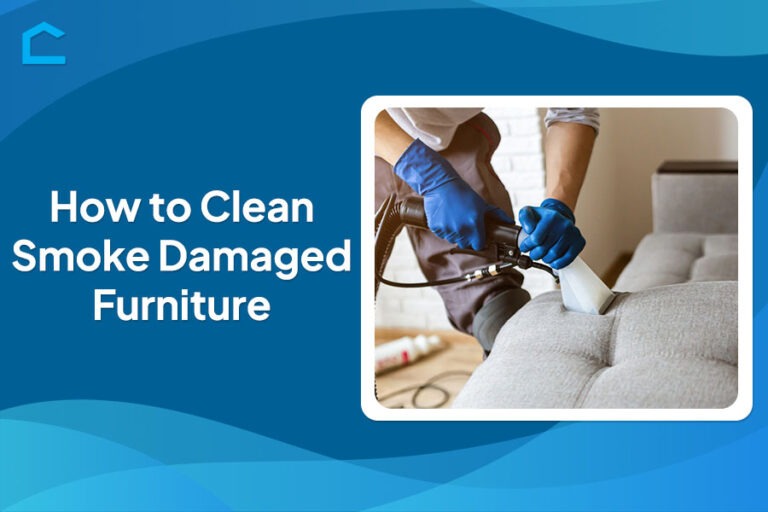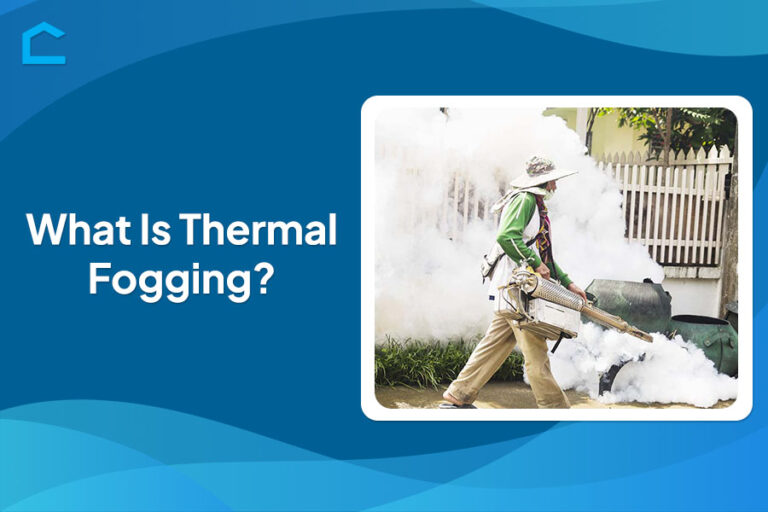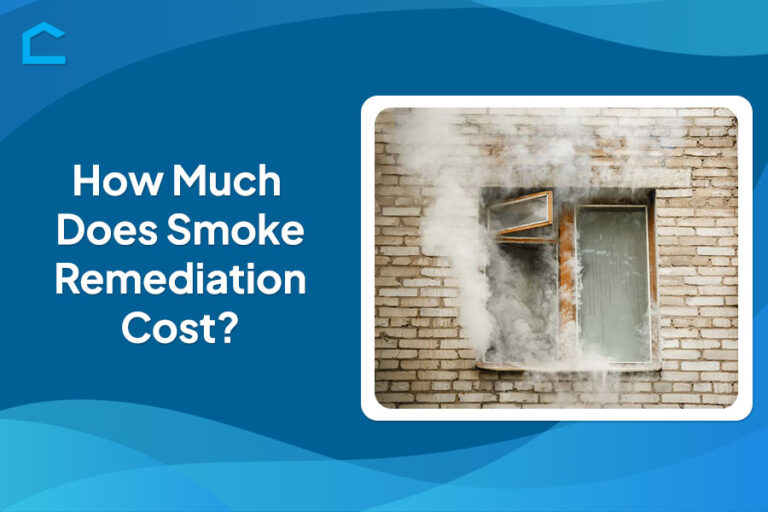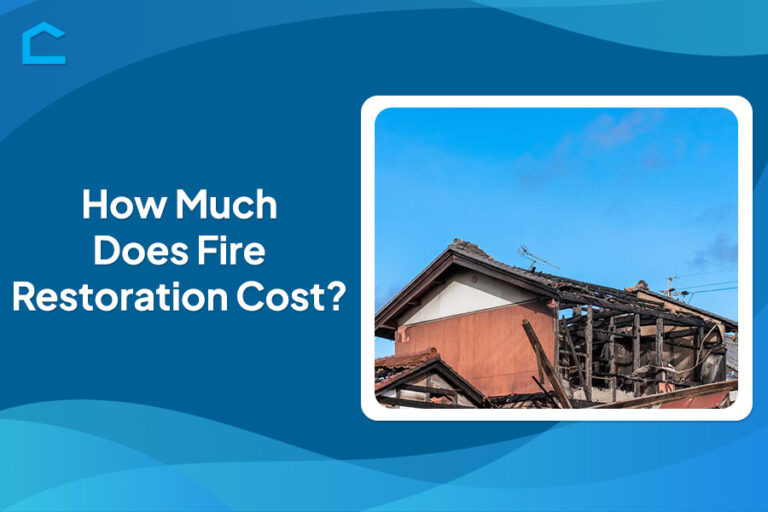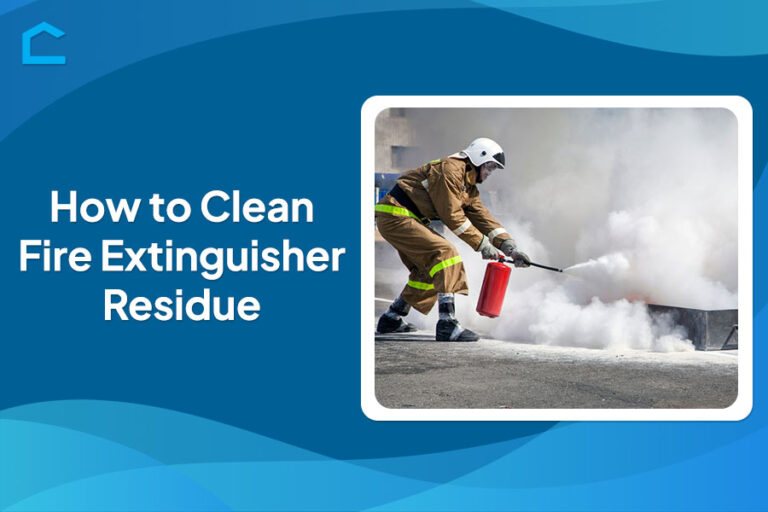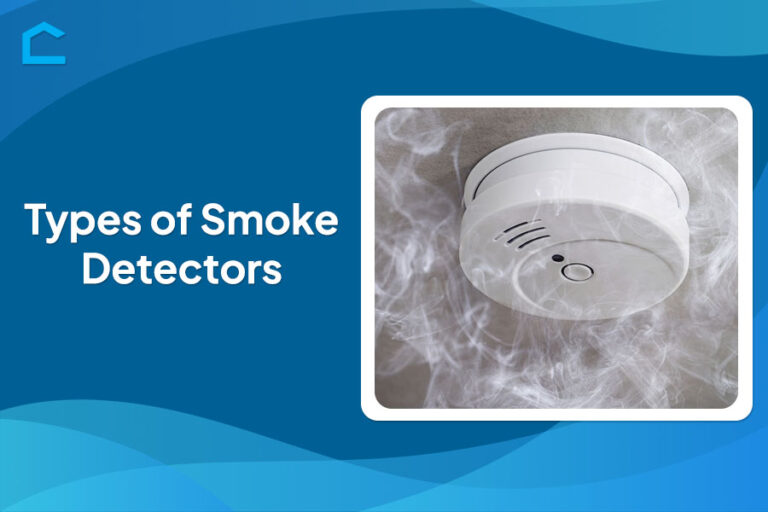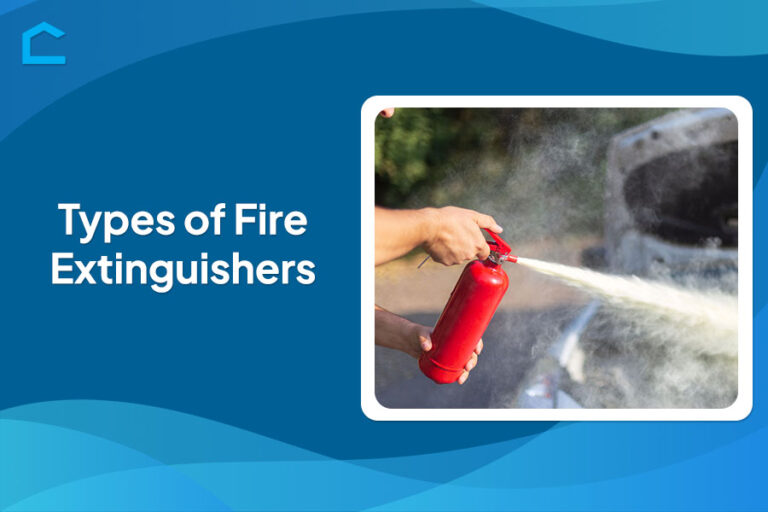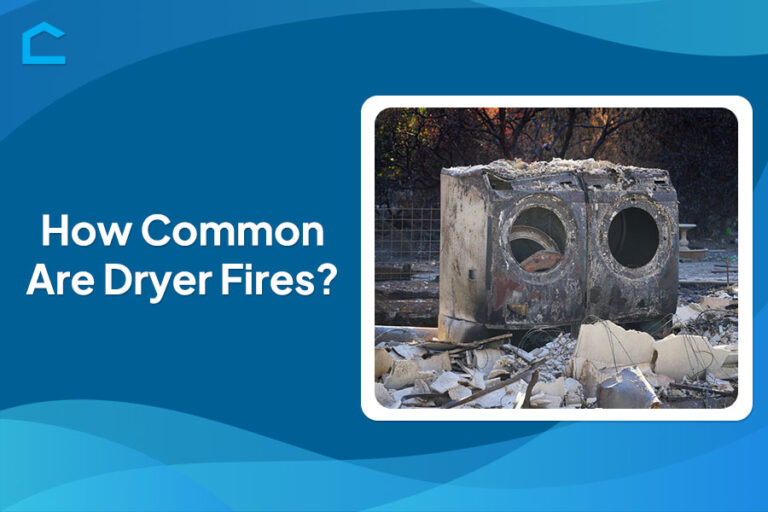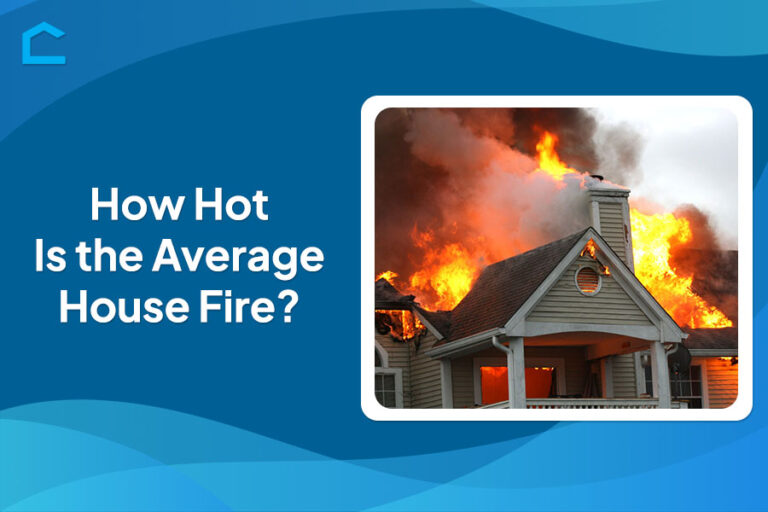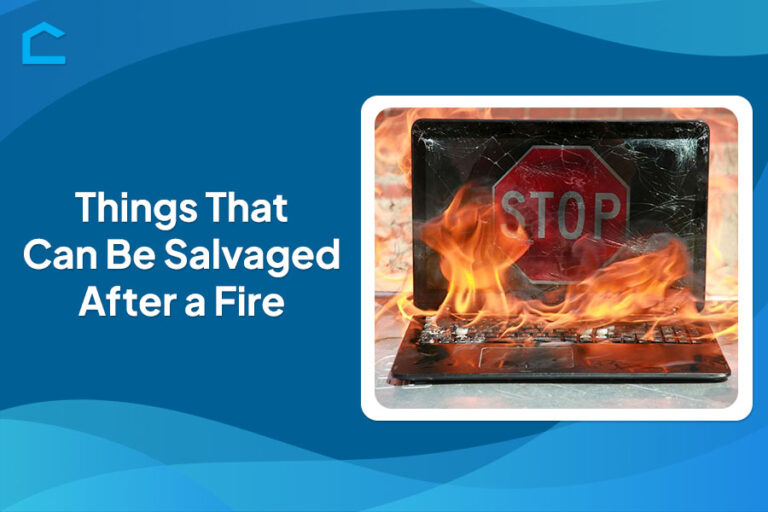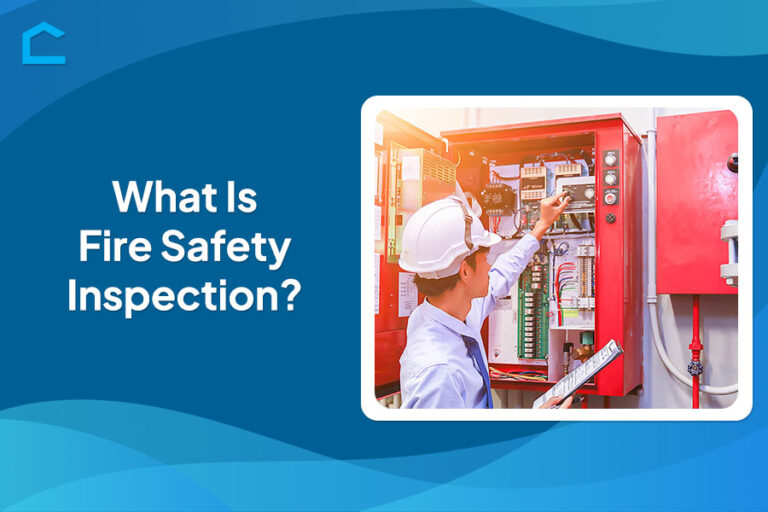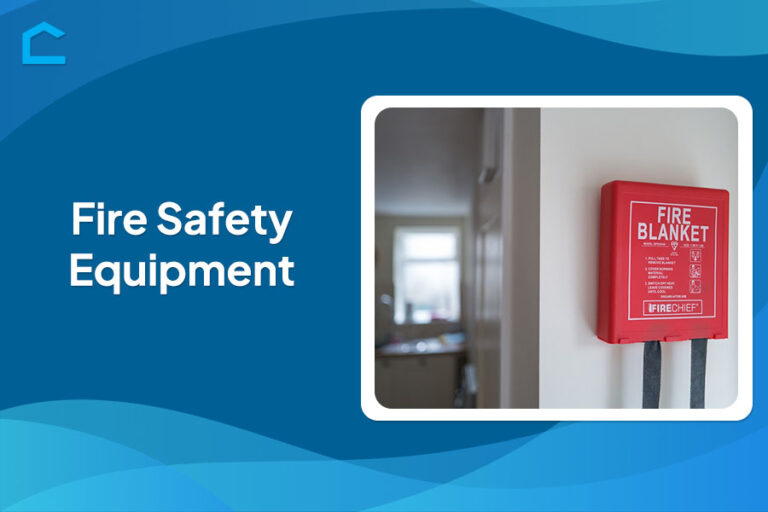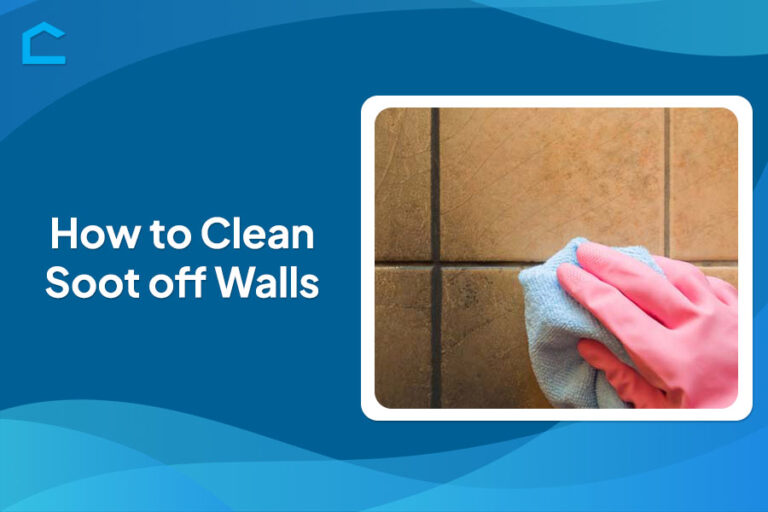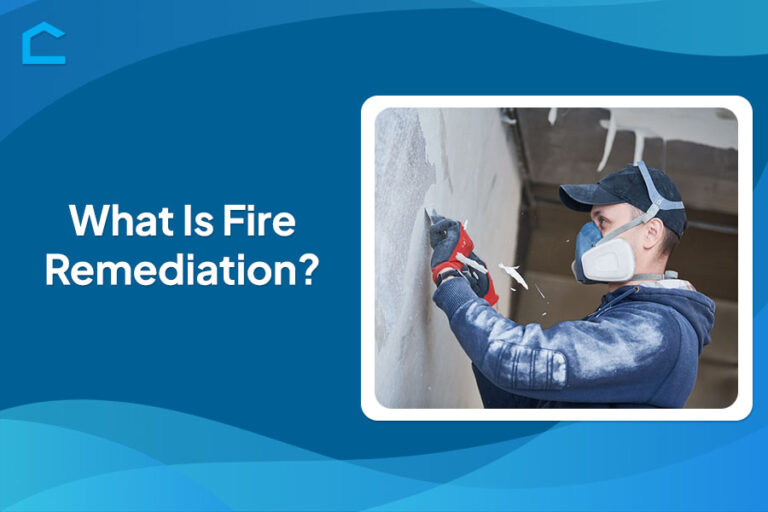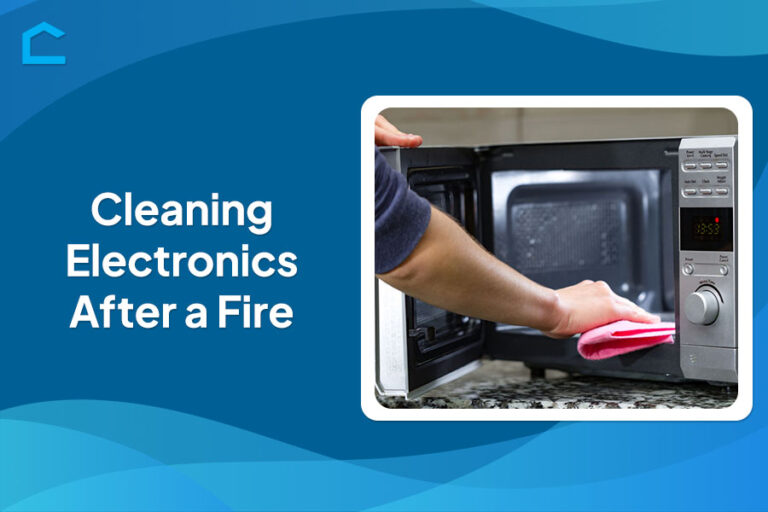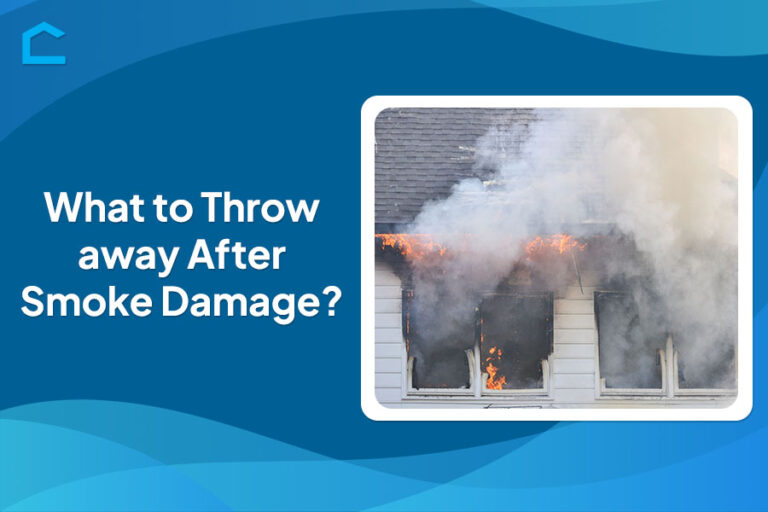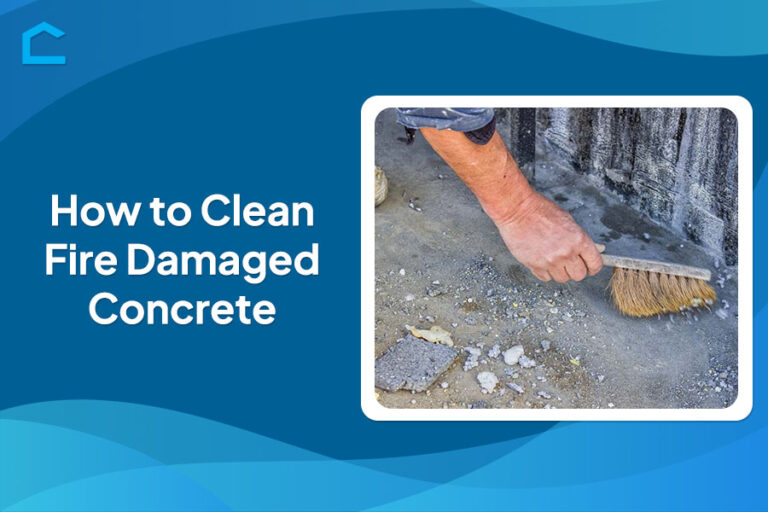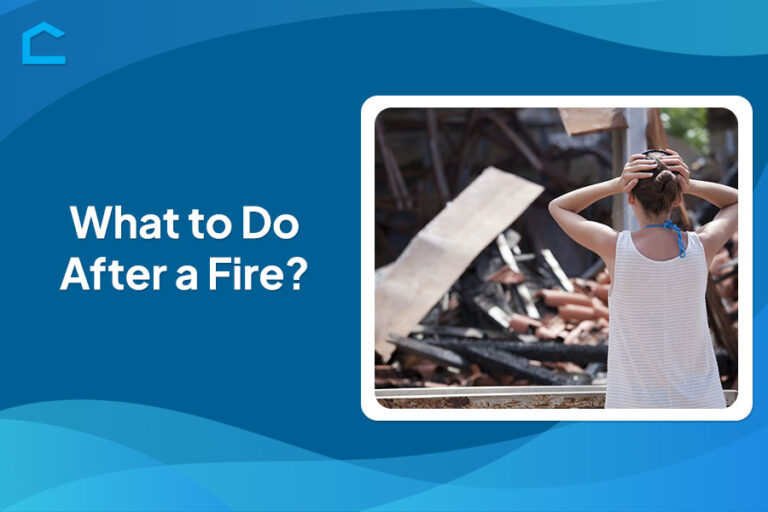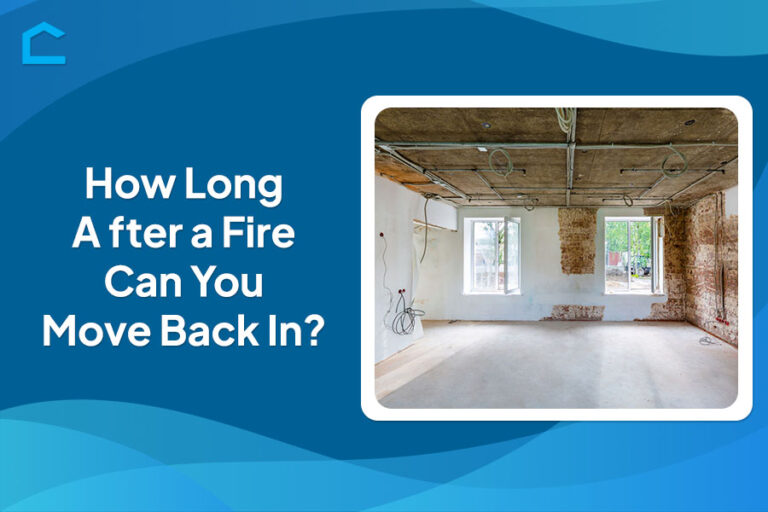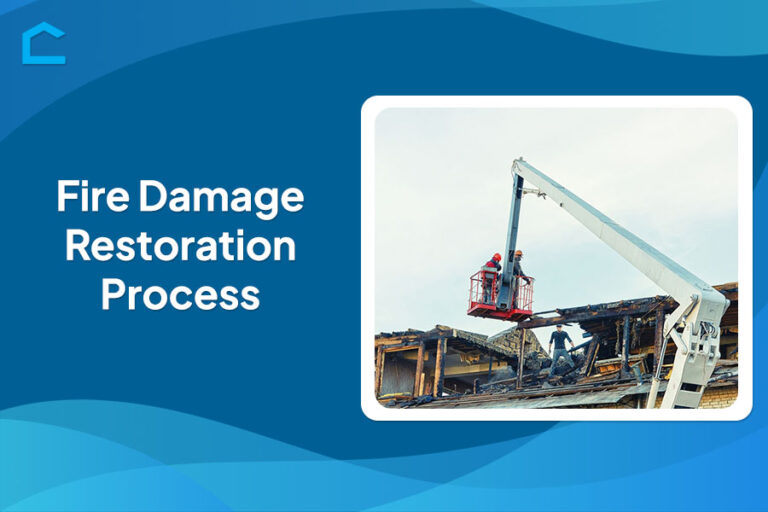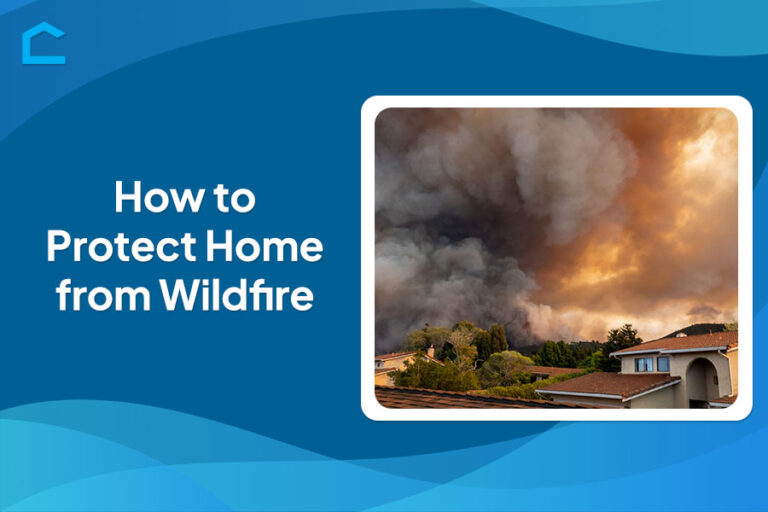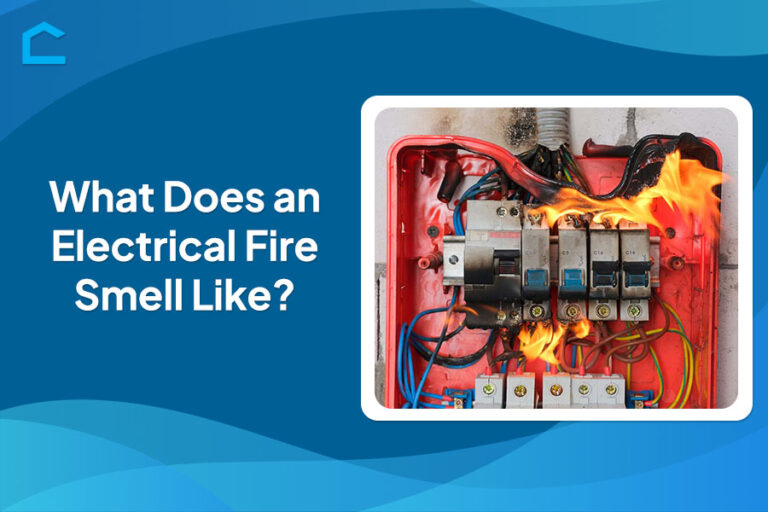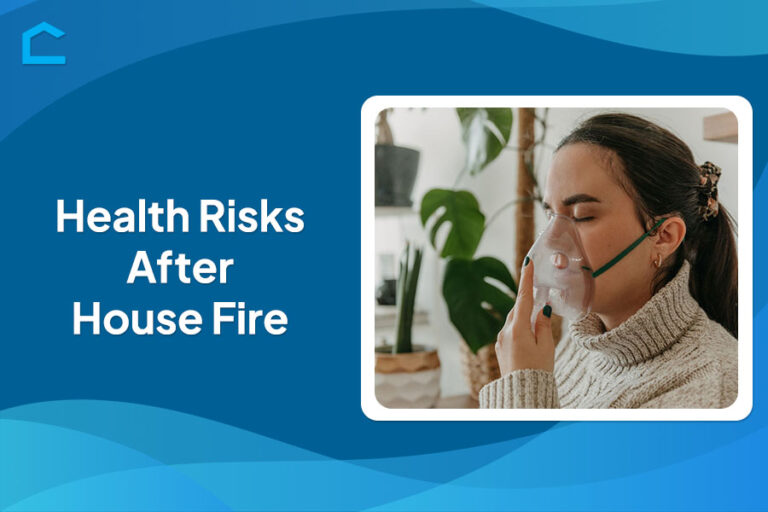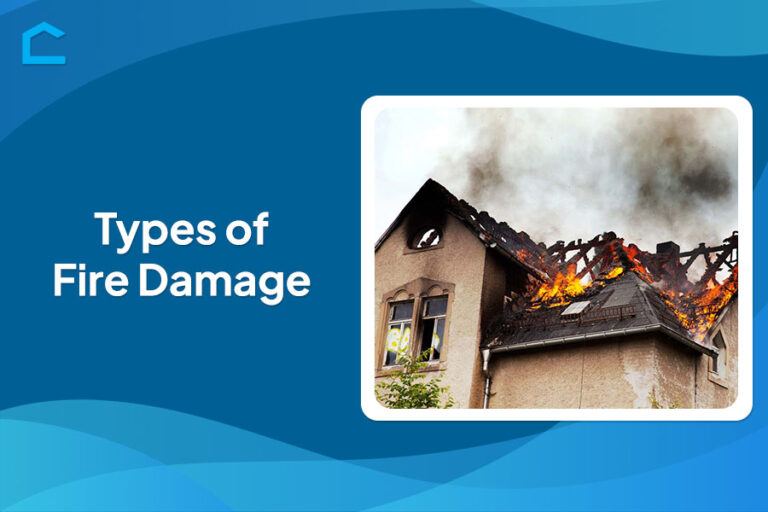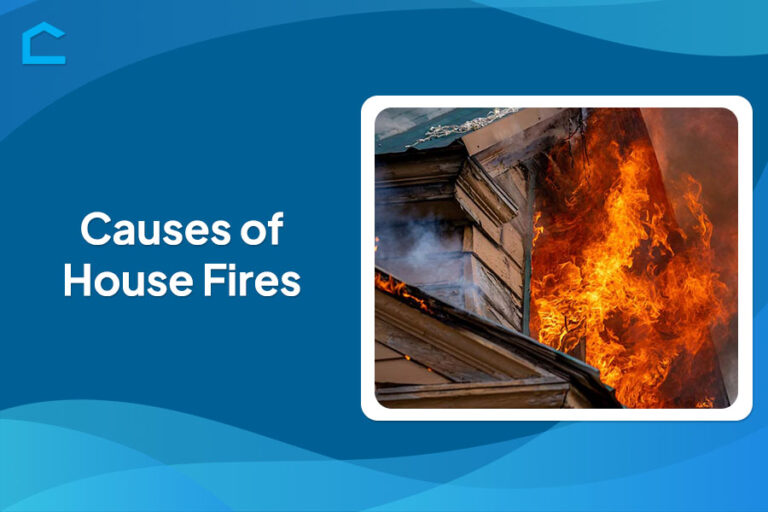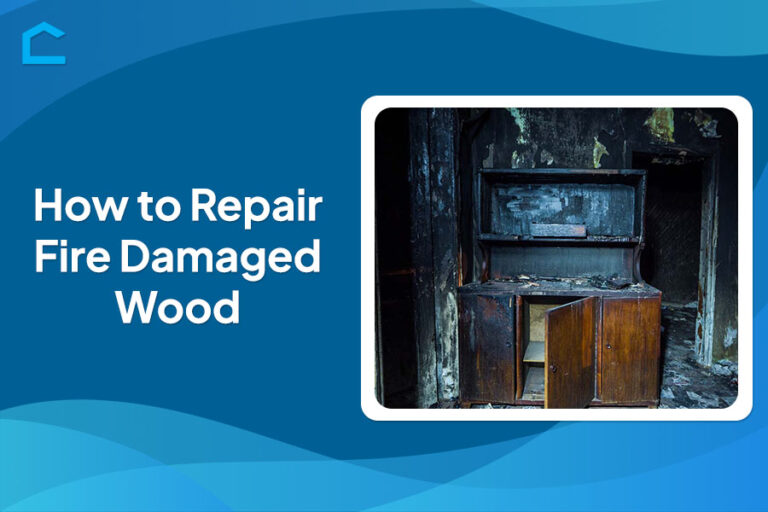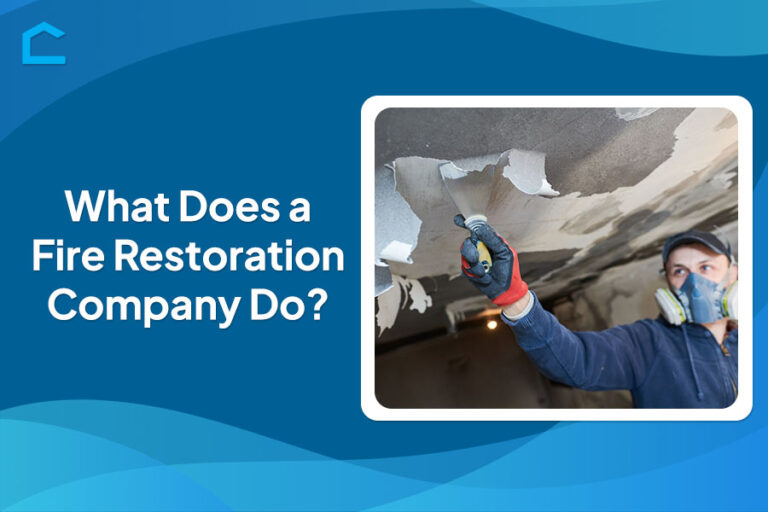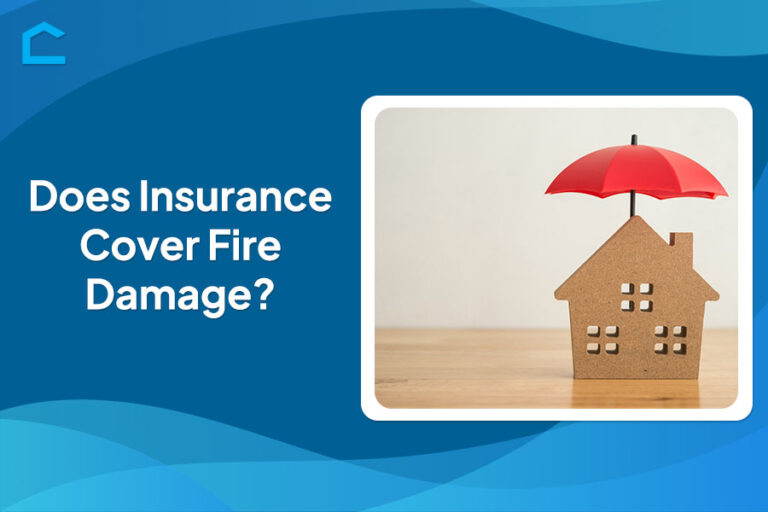When a fire strikes a home or business, the aftermath presents a complex set of challenges for property owners. Beyond the immediate destruction, there are numerous secondary issues to address, from smoke damage to structural integrity concerns.
Fire damage restoration is a specialized field that has evolved to tackle these multifaceted problems efficiently and effectively. Professionals in this industry employ a range of techniques and technologies to assess, clean, repair, and restore affected properties.
Their work encompasses everything from initial emergency response to long-term reconstruction efforts. The process involves not only dealing with visible damage but also addressing hidden issues that could cause problems down the line.
This article examines the key aspects of fire damage restoration, including the steps involved and the equipment used. It also covers the importance of prompt action in minimizing long-term effects on buildings and their contents.
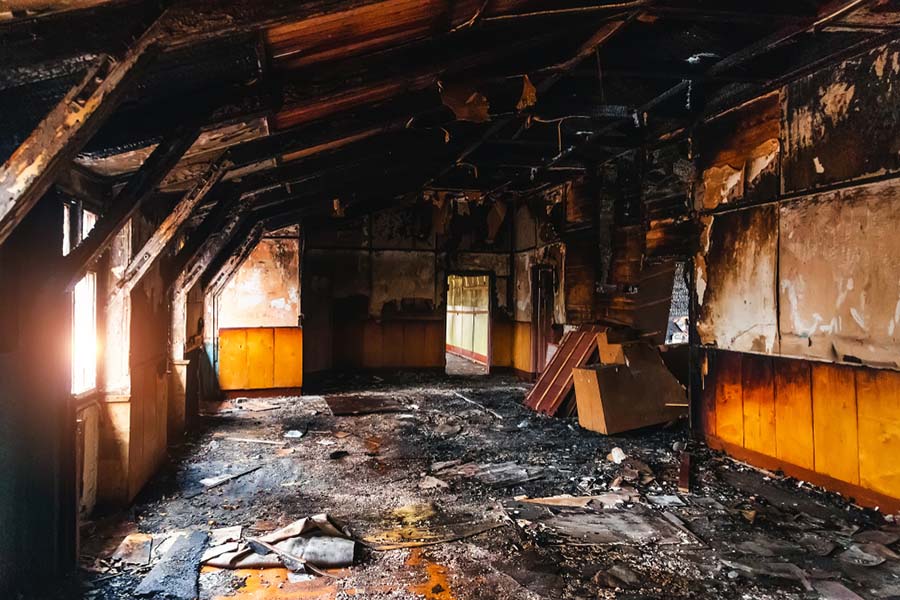
Fire Damage Restoration
Overview of Fire Damage Restoration
Fire damage restoration is the process of cleaning and repairing a property after a fire. It aims to return the property to its pre-fire condition. This complex process involves removing soot and smoke, cleaning up water damage, and repairing or replacing damaged structures and items.
Professional restoration companies use specialized knowledge and equipment to minimize losses and prevent further damage. The process typically involves several stages, including emergency response, cleanup, water removal, repairs, and odor elimination.
The Importance of Timely Action
Quick restoration after a fire is crucial for several reasons. It prevents further damage from soot and smoke, which can cause permanent harm within hours. Prompt action can save many items and prevent secondary issues like mold growth.
Prompt restoration offers dual advantages: it documents damage and safeguards both health and structure. Additionally, swift action aids occupants’ emotional recovery. This approach helps minimize financial losses by reducing displacement time for families and downtime for businesses.
Causes of Fire Damage
Common Causes of Fires
Fires can start in a variety of ways, but certain causes are more common than others. Electrical problems, such as poor wiring or overloaded outlets, are a leading cause of fires. It is critical to frequently inspect your electrical systems and avoid overusing power strips.
Kitchen fires are another major concern, beginning when food is left unattended or grease catches fire. Always remain in the kitchen while cooking and keep flammable items away from the burner.
Candles and other open flames can potentially cause fires if not used properly. Be careful and always place the candles in strong candle holders and never leave them burning when you’re not around or going to sleep.
Understanding how fires behave might help you avoid them and stay safe. Fires require three components to burn: heat, fuel, and oxygen. This is known as the fire triangle. Fires undergo four stages: incipient, growth, fully developed, and decay.
They spread by a variety of processes, including conduction (heat flowing through materials), convection (hot gases rising), and radiation (heat moving across space). Knowing the fundamentals might help you comprehend why fire safety precautions such as smoke alarms and fire barriers are so critical.
Types of Fire Damage
Fire damage manifests in two distinct forms, primary and secondary damage, each with unique challenges and restoration requirements.
Primary Damage
Primary fire damage is caused by the flames themselves. This involves structural destruction of structures, which can weaken or demolish walls, floors, and ceilings. The extreme heat can melt metal supports and produce fissures in concrete, necessitating significant repairs or even replacement.
Fire also causes burn damage to household objects, such as furniture, appliances, and personal things. Even if something is not totally burned, it might be irreversibly ruined by heat-induced distortion or melting.
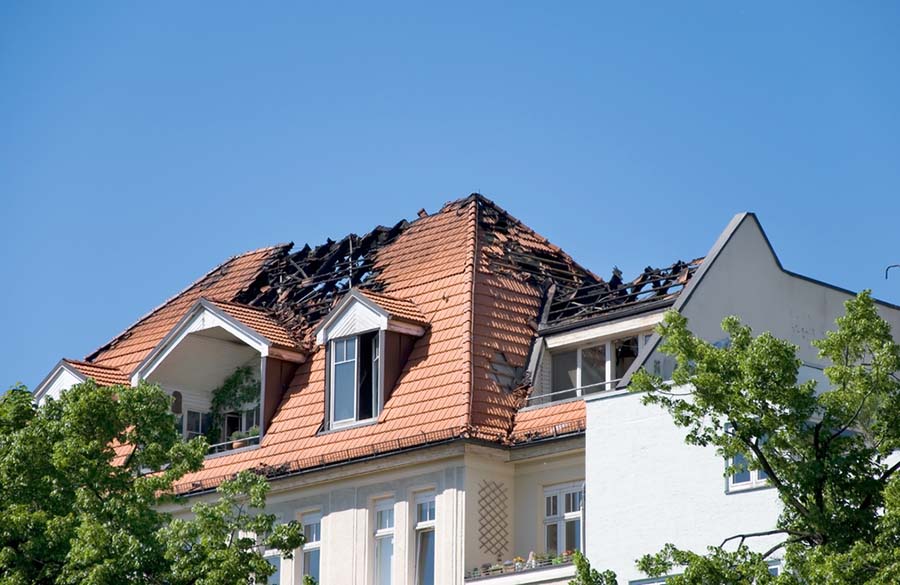
Secondary Damage
Secondary damage occurs as a result of smoke, soot, and water used to extinguish the fire. Smoke can penetrate deeply into materials, leaving behind stubborn stains and odors. It can discolor walls and fabrics, and its acidic nature can corrode metal surfaces and damage electronics.
Soot, a black, oily substance, can cover all surfaces and cause long-term damage if not cleaned properly. Water used to fight fires can soak into building materials and belongings, leading to warping, swelling, and potential mold growth.
Types of Smoke Damage
Wet smoke, which comes from slow-burning fires with low heat development, leaves a sticky residue with a strong odor and is difficult to remove.
Dry smoke, which comes from fast-burning, high-temperature fires, is powdery and easier to remove but can stick to porous surfaces. Protein smoke, which is often produced by kitchen fires, is almost invisible but has a very strong odor that can linger for a long time.
Heating oil smoke, which is produced when heating oil is burned, leaves a thick, black residue with a strong petroleum odor. Each type of smoke damage requires different cleaning techniques. Professional remediation is often required to properly repair the damage to avoid long-term problems.
Process of Fire Damage Restoration
Initial Assessment and Inspection
When a fire damages a property, the first step is to assess the situation. Experts visit the site to evaluate the damage, checking for burned areas, smoke stains, and hidden problems. They also ensure it’s safe to enter the building by looking for weak structures and electrical dangers.
They take extensive notes and photos, which helps with insurance claims and planning the cleanup. The assessment team also speaks with the property owners, asking about valuable items or areas of concern. This information helps create a detailed restoration plan.
Securing the Property
After the inspection, the next step is to secure the property. Workers cover broken windows and doors with boards. If the roof is damaged, they put tarps over it to keep rain out and prevent further damage.
Sometimes, they erect a fence around the property to ensure safety and prevent trespassing. They might also remove valuable items for safekeeping. Utilities like gas and electricity are often turned off to prevent accidents during the restoration process.
Water Removal and Drying
If water was used to put out the fire, it needs to be removed. Workers use pumps and vacuums to eliminate standing water. Then, they bring in large fans and dehumidifiers to dry out the walls and floors, which is critical to prevent mold growth.
Workers also check hidden spaces like crawl spaces, using moisture meters to find damp areas. The drying process can take several days or even weeks to complete. Continuous monitoring ensures that all moisture is effectively removed before proceeding with further restoration.
Smoke and Soot Removal
Cleaning up smoke and soot requires a lot of effort. Workers start with dry cleaning using special sponges to remove loose soot. To add to it, they use wet cleaning methods with chemicals for tougher stains.
For really stubborn marks, scrubbing or sanding may be necessary. All surfaces, including ceilings and light fixtures, are cleaned thoroughly. Special care is taken with delicate items like electronics, and air ducts are also cleaned to remove soot particles.
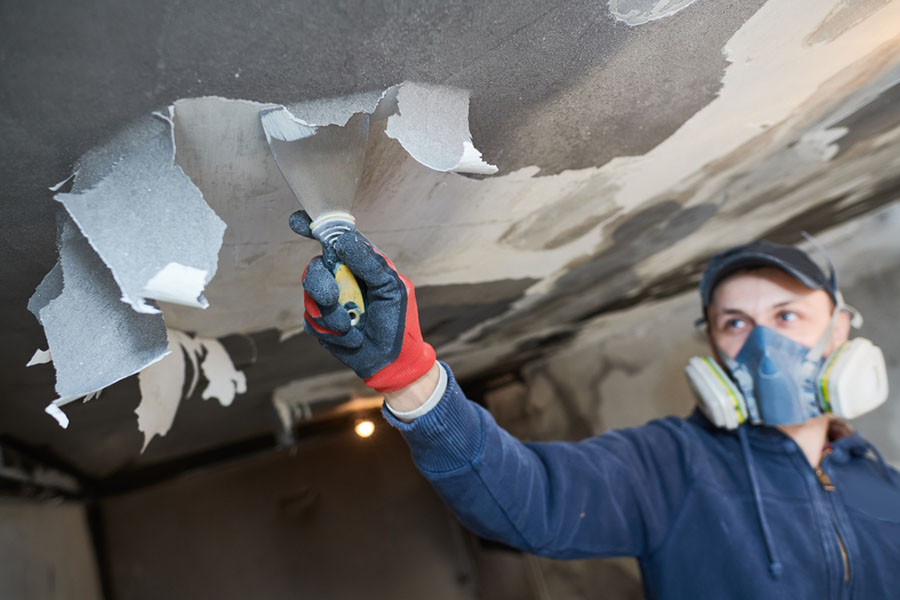
Cleaning and Sanitizing Affected Areas
Everything in the home needs to be cleaned, including furniture, clothes, and other items. Some things can be cleaned on-site, while others might need to be taken away for special cleaning. The heating and cooling systems also need to be cleaned to prevent soot from spreading through the house.
Workers use special cleaning products to kill bacteria, paying extra attention to kitchens and bathrooms. Some items might need to be discarded if they cannot be cleaned effectively.
Odor Removal and Deodorization
Getting rid of the smoke smell is important. Workers use machines called air scrubbers to clean the air. They might use a technique called thermal fogging, which spreads a deodorizer throughout the house.
In some cases, they use ozone treatments to break down the smelly particles in the air. Fabrics and carpets often need special treatments. Sometimes, walls might need to be sealed before repainting to trap any remaining odors.
Structural Repairs and Restoration
Now it’s time to fix the house. Small repairs might include patching walls and repainting. For bigger damage, parts of the house might need to be rebuilt. This could mean new walls, floors, or even entire rooms.
Some homeowners use this opportunity to make improvements to their house. Workers might need to replace electrical wiring or plumbing and check for hidden damage in the walls. The goal is to restore the house to its pre-fire condition.
Post-Restoration Evaluation
When all the work is done, everything gets re-checked. Experts ensure all repairs are of good quality. They test the air to ensure it’s clean and safe and review all the completed work to verify everything has been identified and addressed during the initial inspection. This is crucial for insurance purposes.
The homeowners are then given a final walk-through to address any last concerns. A comprehensive final report is prepared detailing all the work done. This process takes time and care. Each step is essential to restore the home to a safe and comfortable condition after a fire.
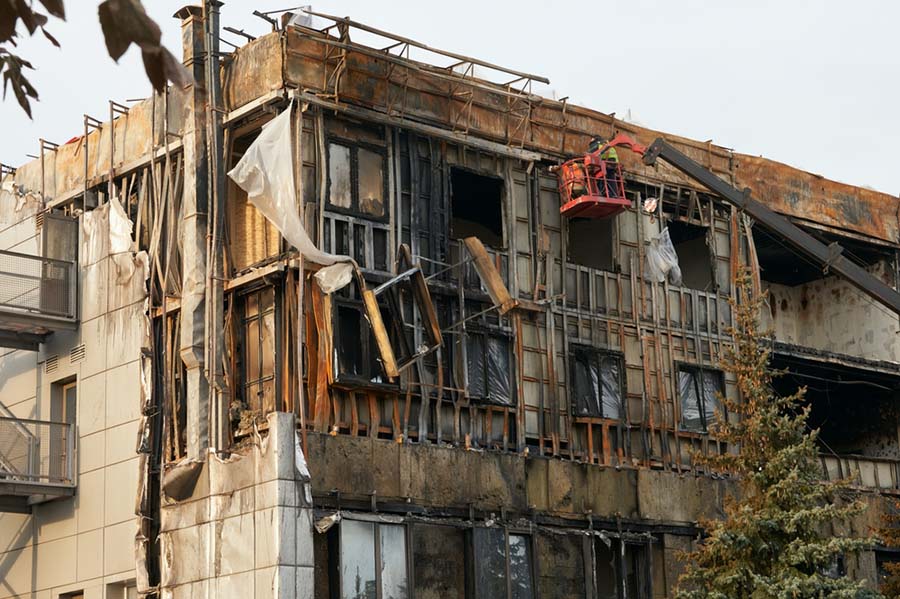
Why Fire Damage Restoration is Important?
Preventing Further Damage to Property
The aftermath of a fire can be just as damaging as the blaze itself. Prompt restoration is key to protecting your property. Lingering soot and ash are surprisingly corrosive, potentially damaging metals, appliances, and even plumbing in your home.
Meanwhile, water used to extinguish the fire creates its own challenges. If not addressed swiftly, it can lead to mold growth in as little as 48 hours. This unwelcome intruder not only ruins walls and furnishings but also poses health risks to occupants.
Many of your belongings can be saved if treated promptly. Furniture, clothes, and important papers can often be restored. However, the longer they remain with smoke and soot, the harder they are to clean. Quick action by restoration experts can preserve your belongings and memories.
Minimizing Health Risks
After a fire, the air in your home isn’t safe; smoke particles linger and can harm your lungs, which is particularly dangerous for children and older adults. Smoke often contains harmful chemicals that can cause respiratory issues.
Fires can also release toxic substances into your home; older buildings may contain asbestos, while burned plastics emit harmful chemicals. Proper removal of these toxins is essential to prevent serious illness.
Even small amounts of fire residue can cause problems, triggering allergies and asthma and irritating skin and eyes. Professional cleaning removes these hazards, ensuring a thorough restoration and creating a safe living environment.
Preserving the Structural Integrity of Buildings
Fires can damage your home in ways you can’t see: the heat can weaken support beams and walls, lead to concrete damage, and warp metal. These problems might not be obvious at first, but can be very dangerous.
Smoke does more than leave a bad smell; it can corrode metal parts in your home’s structure and weaken adhesives. Restoration experts are trained to identify and address these hidden problems, ensuring your home is safe and structurally sound.
Cost Implications of Delaying Restoration
Prompt action is crucial to save money during restoration. Small issues can escalate into major damage from lingering soot and water. Each day of delay can significantly increase the final cost.
Insurance companies prefer quick responses, as delaying restoration might suggest negligence, potentially leading to higher insurance costs or even claim denial. Acting quickly demonstrates responsible property management.
You might need temporary accommodation like a hotel, and for businesses, each day of closure means lost revenue. Swift restoration speeds up the return to normalcy, saving money and reducing long-term stress.
Choosing a Fire Damage Restoration Company
Factors to Consider
Licenses, certifications, and experience
When choosing a fire damage restoration company, consider several important factors. Check if the company has proper licenses and certifications. For example, certifications from organizations like IICRC or RIA demonstrate adherence to industry standards and specialized training.
Experience is crucial. A company with years in the field that has handled various types of fire damage and knows how to address your specific situation is extremely important to address the damage properly. Inquire about their experience with properties similar to yours, whether residential or commercial.
Quick response, reviews, insurance, and equipment
Quick response is vital in fire damage restoration. Ask about their response times and if they offer 24/7 emergency services. Ensure they have sufficient staff and resources to handle your job promptly.
Read reviews and ask for references to gauge customer satisfaction and how well the company addresses specific needs like yours. Insurance is key; verify the company is fully insured and capable of working directly with your insurance provider to simplify the claims process.
Inquire about their technology and equipment. Modern tools and advanced cleaning methods enhance efficiency, especially in removing smoke and odors. These technologies also aid in detecting hidden moisture, crucial for preventing mold growth.
Questions to Ask Potential Companies
When interviewing restoration companies, ask them to walk you through their process. This insight helps you gauge their thoroughness and adaptability. Dive into their team’s qualifications and background check procedures, including how they select subcontractors.
It’s crucial to ensure skilled and trustworthy workers will be on your property. Don’t shy away from discussing costs. Request detailed estimates, clarify potential extra charges, and understand payment terms. If needed, ask about financing options.
Lastly, inquire about work guarantees or warranties to boost your confidence in their services. Taking time to research and select the right company can significantly speed up your property’s recovery.
DIY vs. Professional Restoration
When DIY Might Be Feasible
For minor smoke damage, DIY methods might work. You can clean small areas or light soot yourself, which is best for surface-level cleaning in contained spaces.
For mild odors in limited areas, DIY methods can be effective. Light residue often responds to simple household cleaners, while ventilation, like opening windows, can help with minor smoke smells.
Microfiber cloths work well for wiping down surfaces, and HEPA vacuum cleaners can remove loose soot from carpets. DIY is best suited for contained damage and is a good option if you’re comfortable with basic cleaning tasks.
Benefits of Hiring Professionals
Experts possess specialized knowledge and tools, enabling them to perform a thorough cleanup and address hidden problems. Their expertise ensures a comprehensive restoration process, allowing them to identify and fix unseen damage.
Professionals use industrial-strength equipment for thorough cleaning. They have experience handling various types of smoke damage. They are adept at treating different materials and surfaces and follow a systematic approach to restoration.
Professionals can assist with insurance documentation and claims, and their work often comes with quality guarantees. They can efficiently handle both small and large-scale damage.
Insurance Coverage for Fire Damage
Types of Insurance Policies
When it comes to protecting your property from fire damage, there are several types of insurance policies available. Homeowners insurance is the most common for those who own their homes.
It typically covers both the structure of your house and your personal belongings inside. If you’re renting, you’ll want to look into renters insurance. This type of policy covers your personal items but not the building itself – that’s your landlord’s responsibility.
For business owners, there’s business insurance. This can cover your building, equipment, and inventory. It might also include coverage for lost income if your business has to close temporarily due to fire damage.

Steps to Take When Filing a Claim
If you experience a fire, it’s important to act quickly when filing an insurance claim. Start by contacting your insurance company right away. They’ll guide you through the process and tell you what information they need. Take lots of pictures of the damage and make a list of everything that was destroyed or damaged.
Keep all your receipts for any expenses related to the fire, like hotel stays or meals out. When you’re ready to submit your claim, fill out all the forms carefully and include all your supporting documents. Stay in touch with your insurance company and respond quickly if they ask for more information.
Working with Insurance Adjusters
After you file a claim, your insurance company will send an adjuster to assess the damage. The adjuster’s job is to figure out how much the insurance company should pay for your claim. Before the adjuster visits, clean up what you can safely, but don’t start any major repairs.
When the adjuster arrives, show them all the damaged areas and provide your list of damaged items. Take notes during their visit and ask questions if you don’t understand something.
After the adjuster gives their report, review it carefully. If you disagree with their findings, negotiate further. Provide evidence to support your position, like estimates from contractors.
Common Challenges and How to Overcome Them
Sometimes, things don’t go smoothly with insurance claims. Your claim might be denied, or you might disagree with the amount the insurance company offers. If your claim is denied, find out why and check your policy to see if the denial is justified. You can appeal if you think it’s wrong.
If you disagree about the claim amount, get your own repair estimates to compare with the insurance company’s offer. Don’t be afraid to negotiate, but be prepared to compromise. Another common problem is delays in the claims process.
Stay in regular contact with your insurance company and know your rights under state insurance laws. If things are taking too long, you might consider hiring a public adjuster or lawyer to help speed things up.
Preventing Fire Damage
Tips for Homeowners and Property Managers
As a homeowner or property manager, there are many steps you can take to prevent fires. First, keep your electrical systems and appliances in good shape. Check for frayed wires, and don’t overload outlets. When cooking, always stay in the kitchen and keep flammable items away from the stove.
Smoke detectors are crucial – install them on every level of your home and test them monthly. Finally, create and practice a fire escape plan with your family or tenants. Mark two exits from each room and choose a meeting place outside. These simple steps can greatly reduce your fire risk.
Seasonal Maintenance Tips
Each season brings its own fire risks, so it’s important to adjust your prevention efforts throughout the year. In spring, clean your gutters and trim trees near your home. Summer calls for caution with outdoor cooking and proper cigarette disposal.
As fall approaches, have your heating system checked and use space heaters safely. Winter brings holiday decorations and cozy fires – be sure to water Christmas trees and have your chimney cleaned at all times. By following these seasonal tips, you can keep your home safe year-round.
Landscaping and Fireproofing Solutions
Your yard can play a big role in fire prevention. Create a “defensible space” by clearing vegetation within 30 feet of your home. Use fire-resistant plants in your landscaping and create firebreaks with gravel paths. When it comes to your house itself, consider using fire-resistant materials for your roof and siding.
Install tempered windows to resist breaking in a fire. Outside, store firewood away from your home and use screens on chimneys and vents. Have garden hoses that can reach all areas of your property. These measures can help protect your home from both wildfires and accidental fires.
Health Risks Associated with Fire Damage
Smoke Inhalation
When a fire occurs, smoke inhalation is often the first health risk people face. Smoke can cause immediate breathing problems, irritating your eyes, nose, and throat. You might start coughing or wheezing. Some people get headaches or feel dizzy. In serious cases, smoke can even make you faint.
If you have asthma or heart problems, smoke can make these conditions worse. It’s especially dangerous for older people and children. Smoke often contains carbon monoxide, a gas you can’t see or smell. This gas can be deadly, so it’s important to have carbon monoxide detectors in your home.
Exposure to Toxic Residues and Chemicals
After a fire is put out, the danger isn’t over. Soot and ash left behind can contain harmful substances. If you breathe these in, they can hurt your lungs. They can also irritate your skin and eyes.
Fires can release dangerous chemicals from burning materials like plastics. These chemicals can stick around and cause health problems if you touch them or breathe them in.
In older buildings, there’s a risk of asbestos exposure. Fire can damage materials containing asbestos, releasing harmful fibers into the air. These fibers can cause serious lung diseases years later. It’s important to let professionals handle cleanup after a fire to avoid these risks.
Technological Advances in Fire Damage Restoration
Latest Equipment and Techniques
Fire damage restoration has come a long way thanks to new technology. Today, we have advanced cleaning systems that use ultrasonic waves to remove soot and smoke residue. These systems can clean delicate items without damaging them, which is a big improvement over old methods. Another cool new tool is the thermal fogger.
It creates a fine mist that can get into hard-to-reach places and get rid of smoke smells. We also have better drying equipment now. Modern dehumidifiers and air movers can dry out a building much faster than before. This helps prevent mold from growing after firefighters have put out the flames.
Benefits of Modern Technology in Restoration
Speed, efficiency, and safety
Modern technology brings numerous benefits to fire damage restoration. The first advancements make the process faster and more efficient. This saves families and businesses money on labor costs and allows them to return to normal sooner.
New technologies enable more accurate damage assessments. Tools such as thermal imaging cameras and moisture meters help identify hidden problems, leading to improved restoration work.
Safety gadgets have also improved with modern technology. Workers now have better protective gear. The use of air scrubbers helps remove harmful particles from the air. This keeps everyone safer during the restoration process.
Preservation and future advancements
One of the most significant advantages of modern technology is the ability to save more items that would have been lost in the past. Advanced cleaning methods are gentler on materials, allowing for restoration rather than replacement. This is particularly important for sentimental items or historic buildings.
The end result is that restored buildings and items are in better condition, with less lingering odor or damage. These technological advances mean that while fire damage remains a serious problem, we are better equipped than ever to handle its aftermath. As technology continues to improve, we can look forward to even better restoration methods in the future.
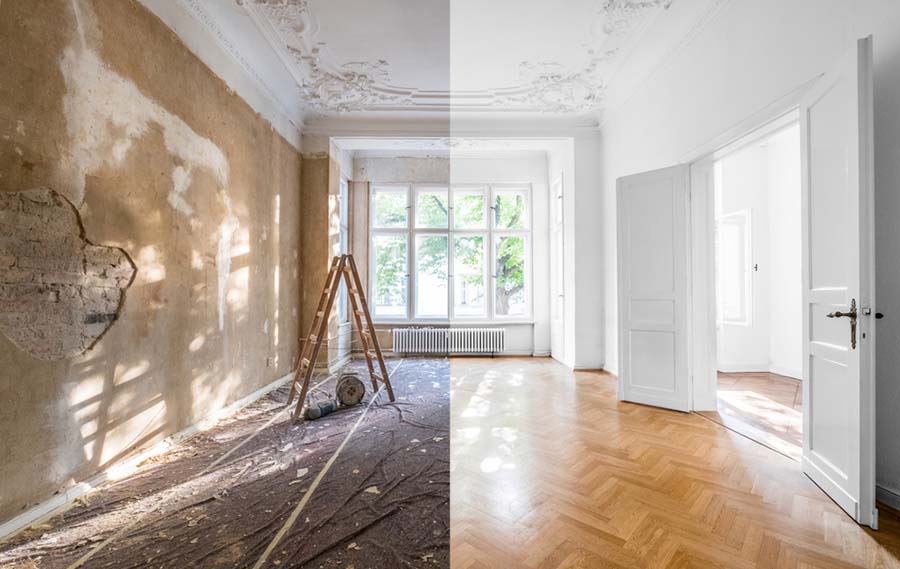
Frequently Asked Questions
How long does the fire damage restoration process typically take?
The duration of fire damage restoration varies significantly depending on the extent of the damage. Minor smoke damage might be addressed in a few days, while severe structural damage could take several months to restore fully.
On average, most residential fire restoration projects take between 2-6 weeks. However, this timeline can be affected by factors such as the size of the property, the materials involved, and any secondary damage like water from firefighting efforts.
Can I stay in my home during the restoration process?
Whether you can stay in your home during restoration depends on the severity of the damage and the extent of the restoration work required. For minor smoke damage limited to a small area, you might be able to remain in the home while work is conducted in the affected area.
However, for extensive damage or during major restoration work, it’s usually safer and more practical to relocate temporarily. Your insurance policy may cover the cost of temporary housing during this period.
Will my homeowners insurance cover fire damage restoration?
Most standard homeowners insurance policies do cover fire damage restoration, including structural repairs, smoke damage cleanup, and often the replacement of personal belongings. However, coverage limits and specifics can vary from policy to policy.
How do professionals remove smoke odor from a fire-damaged property?
Professional fire restoration teams use a combination of advanced techniques to remove smoke odor. These often include HEPA air scrubbers to filter particulates from the air, ozone generators to neutralize odor molecules, and thermal fogging to penetrate porous materials.
They also employ specialized cleaning agents designed to break down smoke residue and neutralize odors at the molecular level. In some cases, they may use sealants on surfaces like walls and ceilings to encapsulate any lingering odors.
What documents do I need to keep for insurance purposes during restoration?
Keep the official fire report from your local fire department, as this serves as proof of the incident.
Create and maintain an itemized list of all damaged belongings, including descriptions, approximate age, and estimated value. Keep all receipts related to your expenses during this period, including costs for temporary housing, meals, and any emergency repairs.
Preserve all estimates and invoices from restoration companies, as well as any correspondence with your insurance company. Take numerous photos and videos of the damage before any cleanup begins. These records will be vital in ensuring you receive appropriate compensation from your insurance provider.
Locations
California
- Los Angeles
- San Diego
- San Jose
- San Francisco
- Fresno
- Sacramento
- Long Beach
- Oakland
- Bakersfield
- Anaheim
- Santa Ana
- Riverside
- Stockton
- Chula Vista
- Irvine
- Fremont
- San Bernardino
- Modesto
- Fontana
- Oxnard
- Moreno Valley
- Glendale
- Huntington Beach
- Santa Clarita
- Oceanside
- Garden Grove
- Rancho Cucamonga
- Santa Rosa
- Ontario
- Elk Grove
- Corona
- Lancaster
- Palmdale
- Hayward
- Salinas
- Pomona
- Sunnyvale
- Escondido
- Torrance
- Pasadena
- Fullerton
- Orange
- Roseville
- Visalia
- Thousand Oaks
- Concord
- Simi Valley
- Santa Clara
- Victorville
- Vallejo
- Berkeley
- El Monte
- Downey
- Costa Mesa
- Inglewood
- Carlsbad
- Fairfield
- Ventura
- Temecula
- Antioch
- Richmond
- West Covina
- Murrieta
- Norwalk
- Daly City
- Burbank
- Santa Maria
- El Cajon
- San Mateo
- Rialto
- Clovis
- Jurupa Valley
- Compton
- Vista
- Mission Viejo
- South Gate
- Vacaville
- Carson
- Hesperia
- Santa Monica
- Westminster
- Redding
- Santa Barbara
- Chico
- Newport Beach
- San Leandro
- Indio
- Tracy
- Livermore
- Baldwin Park
- Merced
- Chino
- Redwood City
- Lake Forest
- Napa
- Tustin
- Buena Park
- Mountain View
- Lakewood
- San Marcos
Texas
- Houston
- San Antonio
- Dallas
- Austin
- Fort Worth
- El Paso
- Arlington
- Corpus Christi
- Plano
- Laredo
- Lubbock
- Garland
- Irving
- Amarillo
- Grand Prairie
- Brownsville
- McKinney
- Frisco
- Pasadena
- Mesquite
- Killeen
- Carrollton
- Midland
- Waco
- Denton
- Abilene
- Odessa
- Beaumont
- Round Rock
- Richardson
- Pearland
- College Station
- Tyler
- League City
- Wichita Falls
- Allen
- San Angelo
- Edinburg
- Sugar Land
- Mission
- Conroe
- Bryan
- New Braunfels
- Pharr
Florida
- Jacksonville
- Miami
- Tampa
- Orlando
- St. Petersburg
- Hialeah
- Tallahassee
- Port St. Lucie
- Cape Coral
- Fort Lauderdale
- Pembroke Pines
- Hollywood
- Miramar
- Gainesville
- Coral Springs
- Clearwater
- Miami Gardens
- Palm Bay
- Pompano Beach
- West Palm Beach
- Lakeland
- Davie
- Miami Beach
- Plantation
- Sunrise
- Boca Raton
- Deltona
- Palm Coast
- Largo
- Melbourne
New York
- New York City
- Buffalo
- Rochester
- Yonkers
- Syracuse
- Albany
- New Rochelle
- Mount Vernon
- Schenectady
- Utica
- White Plains
- Hempstead
- Troy
- Niagara Falls
- Binghamton
- Freeport
- Valley Stream
- Long Beach
- Rome
- North Tonawanda
Pennsylvania
- Philadelphia
- Pittsburgh
- Allentown
- Erie
- Reading
- Scranton
- Bethlehem
- Lancaster
- Harrisburg
- Altoona
Illionois
- Chicago
- Aurora
- Rockford
- Joliet
- Naperville
- Springfield
- Peoria
- Elgin
- Waukegan
- Champaign
- Bloomington
- Decatur
- Evanston
- Des Plaines
- Berwyn
- Wheaton
- Belleville
Ohio
- Columbus
- Cleveland
- Cincinnati
- Toledo
- Akron
- Dayton
Georgia
- Atlanta
- Augusta
- Columbus
- Savannah
- Athens
North Carolina
- Charlotte
- Raleigh
- Greensboro
- Durham
- Winston-Salem
- Fayetteville
- Cary
- Wilmington
- High Point
Michigan
- Detroit
- Grand Rapids
- Warren
- Sterling Heights
- Ann Arbor
- Lansing
- Flint
- Dearborn
- Livonia
- Troy
New Jersey
- Newark
- Jersey City
- Paterson
- Elizabeth
- Edison
- Woodbridge
- Lakewood
- Toms River
- Hamilton
- Trenton
Virginia
- Virginia Beach
- Norfolk
- Chesapeake
- Richmond
- Newport News
- Alexandria
- Hampton
- Roanoke
- Portsmouth
- Suffolk
Washington
- Seattle
- Spokane
- Tacoma
- Vancouver
- Bellevue
- Kent
- Everett
- Renton
- Federal Way
- Yakima
Massachusetts
- Boston
- Worcester
- Springfield
- Lowell
- Cambridge
- New Bedford
- Brockton
- Quincy
- Lynn
- Fall River
Arizona
- Phoenix
- Tucson
- Mesa
- Chandler
- Glendale
- Scottsdale
- Gilbert
- Tempe
- Peoria
- Surprise
Tennessee
- Nashville
- Memphis
- Knoxville
- Chattanooga
- Clarksville
- Murfreesboro
- Franklin
- Jackson
- Johnson City
- Bartlett
Indiana
- Indianapolis
- Fort Wayne
- Evansville
- South Bend
- Carmel
- Fishers
- Bloomington
- Hammond
- Gary
- Lafayette
Missouri
- Kansas City
- St. Louis
- Springfield
- Columbia
- Independence
- Lee’s Summit
- O’Fallon
- St. Joseph
- St. Charles
- St. Peters
Maryland
- Baltimore
- Columbia
- Germantown
- Silver Spring
- Waldorf
- Glen Burnie
- Ellicott City
- Frederick
- Dundalk
- Rockville
Wisconsin
- Milwaukee
- Madison
- Green Bay
- Kenosha
- Racine
- Appleton
- Waukesha
- Oshkosh
- Eau Claire
- Janesville
Colorado
- Denver
- Colorado Springs
- Aurora
- Fort Collins
- Lakewood
- Thornton
- Arvada
- Westminster
- Pueblo
- Centennial
Minnesota
- Minneapolis
- St. Paul
- Rochester
- Duluth
- Bloomington
- Brooklyn Park
- Plymouth
- St. Cloud
- Eagan
- Woodbury
South Carolina
- Columbia
- Charleston
- North Charleston
- Mount Pleasant
- Rock Hill
- Greenville
- Summerville
- Sumter
- Goose Creek
- Hilton Head Island
Alabama
- Birmingham
- Montgomery
- Mobile
- Huntsville
- Tuscaloosa
Louisiana
- New Orleans
- Baton Rouge
- Shreveport
- Lafayette
- Lake Charles
Kentucky
- Louisville
- Lexington
- Bowling Green
- Owensboro
- Covington
Oregon
- Portland
- Salem
- Eugene
- Gresham
- Hillsboro
Oklahoma
- Oklahoma City
- Tulsa
- Norman
- Broken Arrow
- Edmond
Connecticut
- Bridgeport
- New Haven
- Stamford
- Hartford
- Waterbury
Iowa
- Des Moines
- Cedar Rapids
- Davenport
- Sioux City
- Iowa City
Mississippi
- Jackson
- Gulfport
- Southaven
- Hattiesburg
- Biloxi
Arkansas
- Little Rock
- Fort Smith
- Fayetteville
- Springdale
- Jonesboro
Utah
- Salt Lake City
- West Valley City
- Provo
- West Jordan
- Orem
Nevada
- Las Vegas
- Henderson
- Reno
- North Las Vegas
- Sparks
Kansas
- Wichita
- Overland Park
- Kansas City
- Olathe
- Topeka
New Mexico
- Albuquerque
- Las Cruces
- Rio Rancho
- Santa Fe
- Roswell
Nebraska
- Omaha
- Lincoln
- Bellevue
- Grand Island
- Kearney
West Virginia
- Charleston
- Huntington
- Parkersburg
- Morgantown
- Wheeling
Idaho
- Boise
- Meridian
- Nampa
- Idaho Falls
- Pocatello
Hawaii
- Honolulu
- Pearl City
- Hilo
- Kailua
- Waipahu
Maine
- Portland
- Lewiston
- Bangor
- South Portland
- Auburn
New Hampshire
- Manchester
- Nashua
- Concord
- Derry
- Dover
Rhode Island
- Providence
- Warwick
- Cranston
- Pawtucket
- East Providence
Montana
- Billings
- Missoula
- Great Falls
- Bozeman
- Butte
Delaware
- Wilmington
- Dover
- Newark
- Middletown
- Smyrna
South Dakota
- Sioux Falls
- Rapid City
- Aberdeen
- Brookings
- Watertown
North Dakota
- Fargo
- Bismarck
- Grand Forks
- Minot
- West Fargo
Alaska
- Anchorage
- Fairbanks
Vermont
- Burlington
- South Burlington
Wyoming
- Cheyenne
- Casper
Recent Blog Posts
How to Clean Smoke Damaged Furniture
The lingering smell of smoke can be one of the most difficult odors to remove from furniture and household items…
What Is Thermal Fogging?
Innovative techniques continue to emerge in cleaning and restoration. Among these cutting-edge methods, thermal fogging stands out as a powerful…
How Much Does Smoke Remediation Cost?
Smoke remediation is a critical process that homeowners must undertake following a fire or prolonged exposure to cigarette smoke. The…
How Much Does Fire Restoration Cost?
Fire damage can leave a devastating impact on homes and businesses, requiring extensive restoration efforts. From soot-covered walls to water-logged…
How to Clean Fire Extinguisher Residue
Fire extinguishers are essential devices, providing a crucial first line of defense against small fires. However, after the fire is…
Types of Smoke Detectors
Smoke detectors are essential safety devices designed to alert occupants to the presence of smoke, a primary fire indicator. They…
Types of Fire Extinguishers
Fire extinguishers are vital tools in fire safety, designed to swiftly and effectively suppress various types of fires before they…
How Common Are Dryer Fires?
When it comes to household appliances, we often take their safety for granted. We load our washing machines, dishwashers, and…
How Hot Is the Average House Fire?
House fires are devastating, can cause significant property damage, and, more importantly, might seriously threaten human life. One critical aspect…
Things That Can Be Salvaged After a Fire
The impact can be devastating when a fire ravages a home or business. Amidst the charred remnants and pervasive smoke…
What Is Fire Safety Inspection?
Imagine a quiet evening at home suddenly interrupted by the piercing wail of a smoke alarm. In that moment, the…
Fire Safety Equipment
Safety equipment plays a critical role in protecting lives and property from the devastating effects of fire. The right tools…
How to Clean Soot off Walls
Soot can accumulate on walls from various sources, such as candles, fireplaces, cooking, or a malfunctioning heating system. Not only…
What Is Fire Remediation?
The aftermath of a fire can be overwhelming, leaving property owners with a formidable task of restoring their home or…
Cleaning Electronics After a Fire
Our modern lives are woven with technology, from smartphones that connect us to computers that store precious memories and important…
What to Throw away After Smoke Damage?
When a fire strikes your home, the aftermath can be overwhelming. Even after the flames are extinguished, the lingering effects…
How to Clean Fire Damaged Concrete
In the aftermath of a fire, the visible scars left behind on concrete structures can be both unsightly and concerning.…
What to Do After a Fire?
The moments following a fire can be chaotic, but having a clear understanding of the necessary steps can provide a…
How Long After a Fire Can You Move Back In?
Experiencing a fire in your home is a traumatic event that can leave you feeling overwhelmed and uncertain about the…
Fire Damage Restoration Process
Fire is one of the most devastating forces of nature, capable of inflicting severe damage to properties and possessions in…
How to Protect Home from Wildfire
As climate change intensifies and wildfire seasons grow longer and more destructive, wildfires can strike with little warning, ravaging everything…
What Does an Electrical Fire Smell Like?
When it comes to home safety, being able to identify potential hazards is crucial. Among these, electrical fires pose a…
Health Risks After House Fire
House fires might have devastating effects beyond the immediate destruction of property. One of the most concerning issues that arise…
Types of Fire Damage
Fire damage is devastating and can have far-reaching consequences for residential and commercial properties. From charred surfaces to pervasive smoke…
Causes of House Fires
House fires are among the most distressing and potentially catastrophic events homeowners fear. These incidents may result in property damage…
How to Repair Fire Damaged Wood
After a fire, you may feel overwhelmed by the damage to wooden structures. Fire-damaged wood not only looks bad but…
What Does a Fire Restoration Company Do?
When fire strikes, its impact may be devastating damage far beyond what meets the eye. In such dire situations, the…
Does Insurance Cover Fire Damage?
Fire damage can be extensive, affecting structures, personal belongings, and even causing additional water damage from firefighting efforts. The costs…

